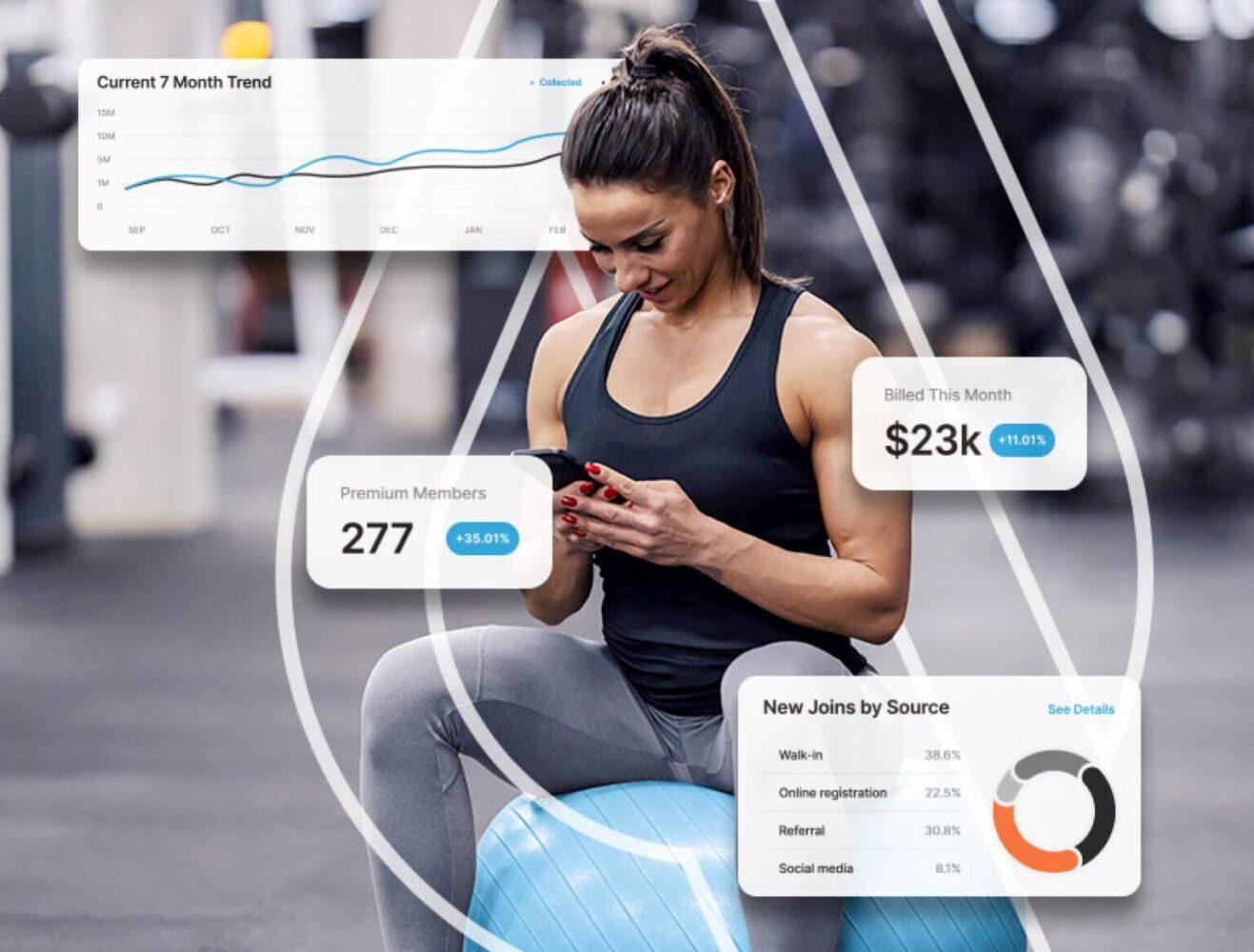Using Data to Track Your Gym’s Marketing Efforts
As a gym owner, you know that effective marketing is critical for the success of your business. But how do you tell if your marketing efforts are working?
The answer is data. By tracking and analyzing everything you can, you gain regular insights into the performance of your marketing campaigns. These insights allow you to test, tweak and refine your efforts for the best possible results. In this post, we’ll explore how gym owners can best make use of data for the most effective gym marketing.
1. Define your goals and KPIs.
First things first—define your goals. When making a plan to market your gym, what are you actually trying to achieve? If you don’t know what you’re setting out to do, you won’t know how to measure it, so gather your ideas and write them down. From these goals you’ll be able to derive your key performance indicators (KPIs) – the core points of data that you can measure progress on your goals against. This might include metrics like:
- website traffic
- social media engagement
- email open and click-through rates
- lead conversion rates
For more on the different KPIs you might want to use, read our eBook on the most important ones for your gym: Measuring Success for Gym Owners.
2. Use tracking tools.
Once you’ve defined your goals and KPIs, you can take advantage of tracking tools. You will need to be able to build a dashboard that keeps tabs on your KPIs. To do this you must do a little research.
Google Analytics is a powerful free tool that can help you track website traffic and user behavior. Social media management tools like Hootsuite or Sprout Social can help you track social media engagement and follower growth.
A CRM (Customer Relationship Management) will help you manage your marketing campaigns and can – quickly and easily! – produce dashboards for your KPIs. There are many CRMs to choose from but finding one that integrates with your club management software can increase the different KPIs you can track.
We hope you explore IGNITE Sales as a solution for your CRM needs. IGNITE Sales provides intuitive and powerful campaign automation, advanced segmentation, and real-time insights on things like email open and click-through rates as well as lead conversion rates.
3. Analyze the data.
With your tracking tools in place, the next step is to regularly analyze the data to understand the performance of your marketing campaigns. Look for trends and patterns and identify what’s working and what isn’t. For example:
- Look to see if a particular social media platform is driving a lot of website traffic and consider investing more resources into that channel.
- Check to see if email open rates are increasing on certain days and times, so you can regularly target those days and times.
- Consider which webpages are converting leads, so you can focus on driving traffic to them.
4. Act based on the insights.
So, what is the data actually telling you? Because now you may want to take action to optimize your marketing campaigns. This might include changing your messaging, adjusting your targeting, or investing more budget into the channels that are performing well. For example:
- If you see a rise in social media engagement when you focus your attention there, invest more time and energy into actively working on your content with thoughtful posting in ways that build a community.
- If you see that your email open rates are low, try testing different subject lines or email copy to see if you can improve your engagement.
- Did you discover opportunities along your sales funnel to increase your secondary sales? Upsell relevant services at key moments in your marketing campaigns.
5. Monitor and adjust.
Finally, don’t make this process a one-time thing. Keep monitoring your KPIs and adjusting your campaigns as the data suggests you should. The key to effective data-driven marketing is to continuously track, analyze and optimize.
In conclusion, gym owners often have an untapped source of business growth that comesou through a better understanding their data. By defining specific goals, lining those up with KPIs, choosing the right tracking tools, intentionally analyzing the data, acting based on clear insights, and continuously monitoring and adjusting your campaigns, you can ensure your marketing efforts are driving the results you need to succeed.


